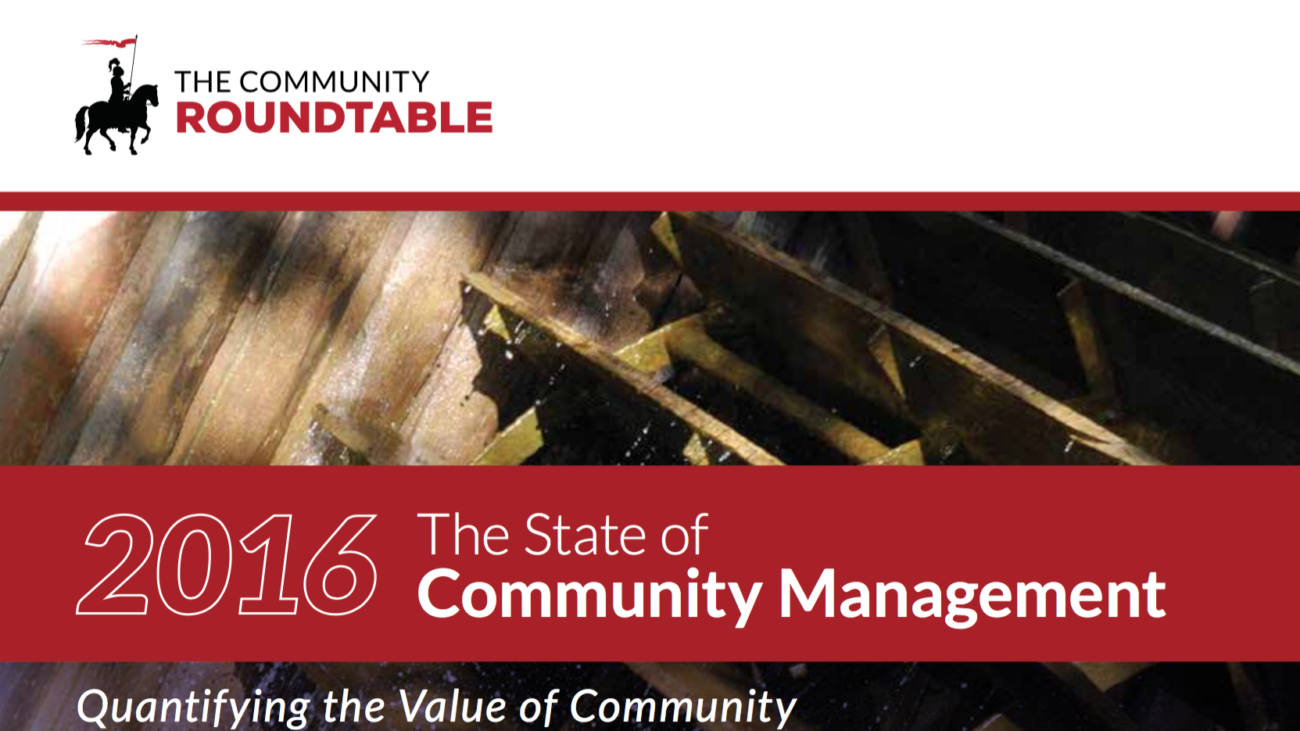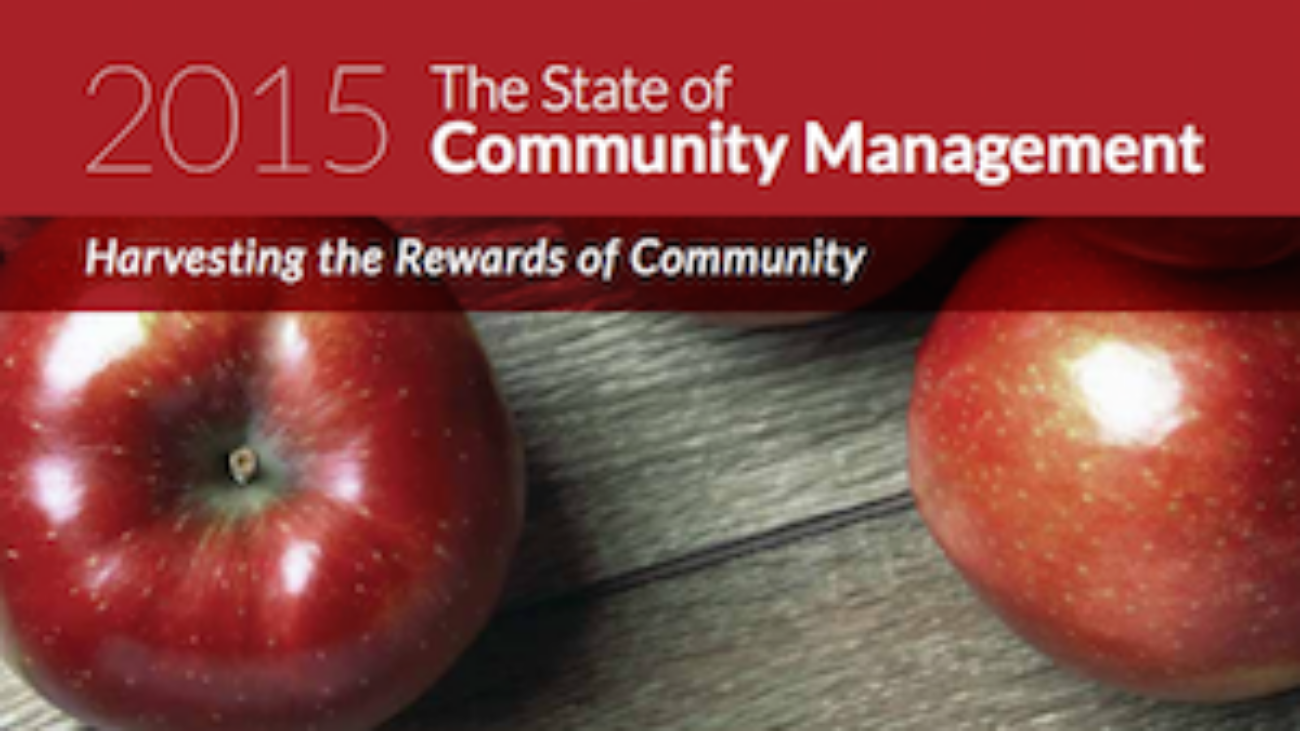 In my line of work as a collaboration and community strategist, one of the key milestones each year is the early summer publication of the State of Community Management report by the The Community Roundtable group. It tends to provide accurate measurement of the progress of online communities within organisations around the world, as well as offering terrific insight in terms of how one’s own customers and projects compare to the both the average and the very best communities elsewhere.
In my line of work as a collaboration and community strategist, one of the key milestones each year is the early summer publication of the State of Community Management report by the The Community Roundtable group. It tends to provide accurate measurement of the progress of online communities within organisations around the world, as well as offering terrific insight in terms of how one’s own customers and projects compare to the both the average and the very best communities elsewhere.
If you haven’t come across the The Community Roundtable before, you should really should read up on them and their activities. Founded by Rachel Happe and Jim Storre, they’ve been leading the way on research and analysis of online communities for a long time now:
In 2009, we noticed the adoption of social tools and technologies begin to skyrocket, but there was no corresponding attention being paid to community management. Our collective background in business operations and technology (Rachel) and community strategy and management (Jim) set off warning bells. We knew the use of social technologies would open a pandora’s box of implications and challenges for organizations. There were a few early community practitioners who understood what it would take to be successful and we knew that their tacit understanding would be critical to capture and share if the social media, community and social business disciplines were to grow. The Community Roundtable was our answer to this need.
Amongst other efforts such as salary surveys and maturity models, the The Community Roundtable publish the State of Community Management report on an annual basis. The 2015 version was released a couple of weeks ago:
We are particularly pleased this year to be able to break down the markers of community management maturity into maturity stages, which allows you to see more detail about what initiatives are most prevalent in each stage of a community’s lifecycle. This data helps considerably in building community roadmaps and providing stakeholders with data that supports it. Other new analysis features this year include:
- Reporting on ‘inactive’ populations in our engagement profile – critical for putting the other engagement categories into context.
- Discussion of some of our ‘data dilemmas’ as we analyzed the data, which will give you some insight into areas of the research that are still immature or non-standard.
Ultimately our goal with this research is to provide data that helps you:
- Plan and develop a roadmap
- Prioritize resources effectively
- Educate stakeholders
- Increase your credibility
- Demonstrating your value as a community professional
This year’s research is as interesting and insightful as usual. I’ve been working through the key findings and recommendations this week, and have been delighted to see how closely the research aligns with Jive’s existing strategy and methodologies. However, there’s a huge amount of great content in the report, presentation and recording, am so I’m still digesting what changes I’ll make to my own recommendations as a result of this year’s info.
If you’re interested in finding out more, here’s what you need:
If you’re either a community manager yourself, or else consult on topics in this area, I really do see this research as being an essential part of your arsenal. I couldn’t recommend it more highly.
https://www.youtube.com/watch?v=Y8jalG-i05s
The State of Community Management 2016 provides a snapshot of the progress and changes in community management, based on research of more than 300 communities from organizations large and small, which span a range of use cases, sectors and industries.



 In my line of work as a collaboration and community strategist, one of the key milestones each year is the early summer publication of the
In my line of work as a collaboration and community strategist, one of the key milestones each year is the early summer publication of the 